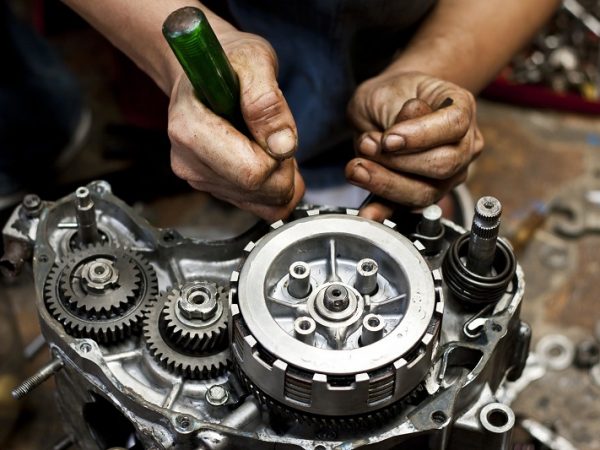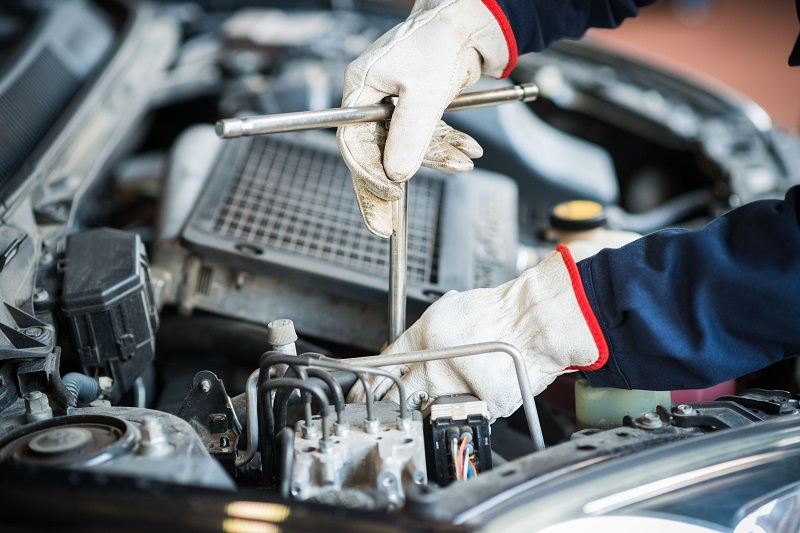16
Dec

The engine is the heart of any car, and if your engine isn’t operating properly, your car isn’t operating properly as well. But even though these parts are very important, you can purchase a second-hand engine or rebuild it yourself using aftermarket parts from your local car performance shop. Buying a second-hand engine takes a lot of consideration though, as you can’t just buy the first one you lay your eyes on. In other words, engines aren’t always interchangeable. What this means is that two cars from the same manufacturer that are built 5 years apart probably can’t use the same engine. This is due to the fact that engines keep getting more feature-packed and more complicated.
Before you start looking at a replacement engine, you’ll need to figure out whether the engine is a short or long block. Although different, you can find these variations on what is otherwise an identical engine. The difference between short and long block engine is the parts they include. Short block engines are designed for cases where the entire engine doesn’t require replacing, just a few parts of it, making it more affordable. Long block engines, on the other hand, come with all the parts, including cylinder heads, head gasket, camshafts, valves and valve springs. This allows them to be installed easily and quickly, making them ideal for any engine that’s considered obsolete.
As a general rule of thumb, you should always check and make sure it isn’t a single part of the engine that’s problematic. All of the following parts can be subjected to wear and tear, making the engine malfunction or underperform:
All of these parts need to be in optimal working condition for the engine to function properly. You should easily find replacement parts in either your local or reputable online car performance shop suitable for your particular vehicle’s model, make and year.
Furthermore, it’s important to check the replacement engine’s shell for extensive wear and tear. If you’re buying a second-hand engine, there will probably be some wear and tear, but too much of it is a clear warning sign. Additionally, check for cracks and make sure all the bolts and nuts are properly fastened. Common “symptoms” of long-term wear and tear on an engine that are obvious tell-tale signs that you shouldn’t buy that particular engine are:

If you aren’t capable of testing out the engine yourself, ask the person selling it to you for a full-service history. Moreover, ask whether some parts have been replaced, and check how many kilometres the engine has on it. Obviously, you should also ask whether the engine has ever had some known issues.
Lastly, you should become aware of whether the engine you’re looking to buy is salvage or rebuilt. A salvaged engine is an engine taken from a car that’s either too old to use or it’s been in an accident. In some cases, these engines will be in great working condition, as they might have been on the road for just a couple of years, making them easy to evaluate. Rebuilt engines are difficult to evaluate, so it’s highly recommended that you only get one from a credible source. Some of the rebuilt engines from private sellers are less than great.
That being said, you have to be very thorough when buying a replacement engine or replacement engine parts. Together with the brake system, your engine is the most important component of operating your vehicle safely. If you’re unsure about anything, consult with your local mechanic or dealership. Also, when deciding who to buy from, it’s always worth doing some homework and reading online reviews and testimonials of past customers with the company or people you intend on dealing with. The engine and engine parts aren’t the most affordable parts, and getting the right replacement parts and the engine is essential to the performance and safety of your vehicle on the road.